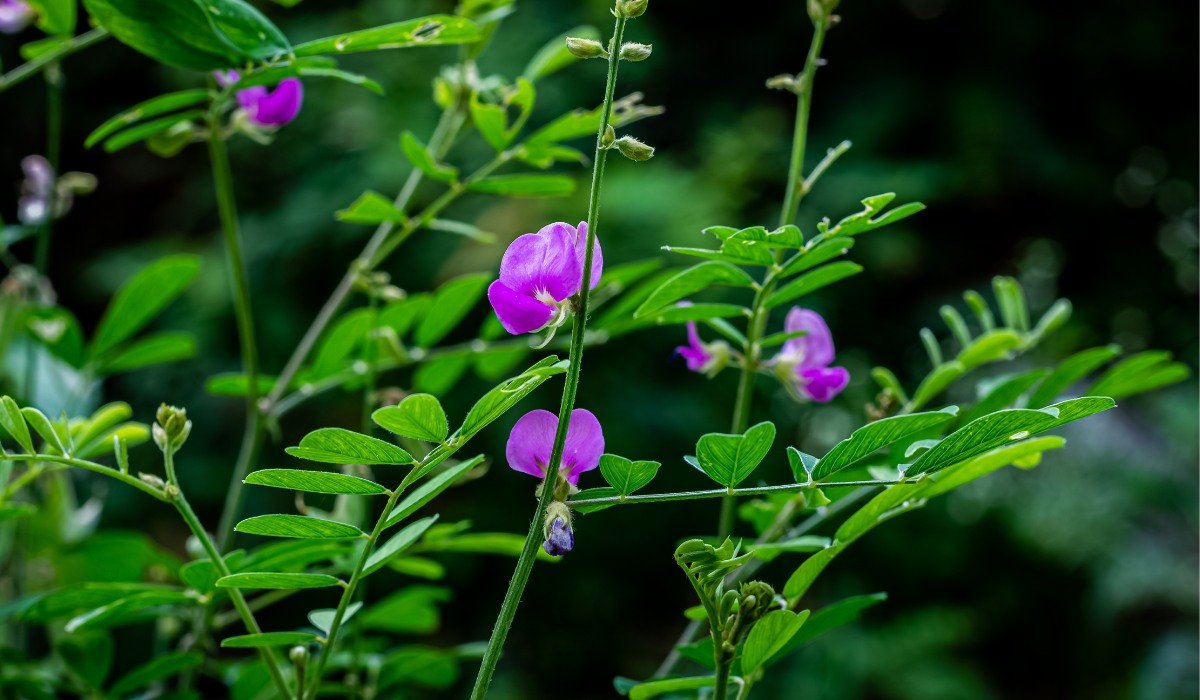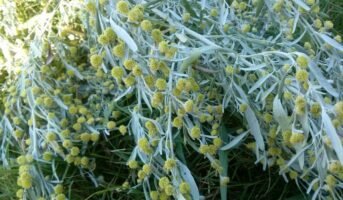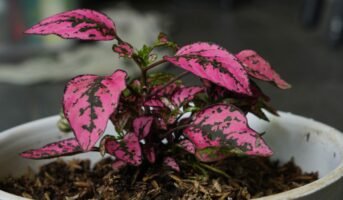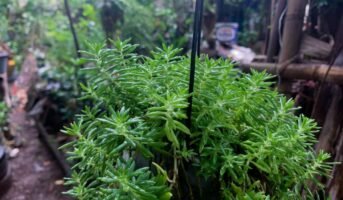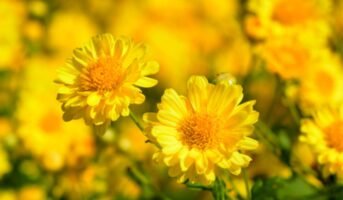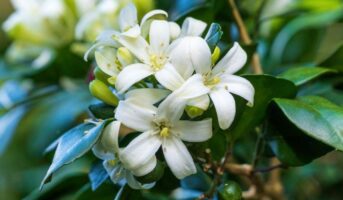Tephrosia Purpurea is a member of the bean family that grows in warm climates around the world. The plant with purple flowers is native to southern Africa and Asia, but it has also been introduced to other warm regions where it can be grown as an ornamental plant. Tephrosia Purpurea is also known by names such as purple bush bean, Chinese bush bean, Indian hyacinth bean, purple hyacinth bean and purple tephrosia.
Tephrosia Purpurea has a high concentration of phytochemicals that have anti-inflammatory and anti-cancer properties. This article will tell you everything you need to know about Tephrosia Purpurea, including its health benefits, how to use it, and potential side effects.
See also: What is Hibiscus and how to grow it in your home?
What is Tephrosia Purpurea?
Tephrosia Purpurea is an erect annual or short-lived perennial herb that grows up to a height of 1.5 metres. The plant is widely renowned for its powerful medicinal properties and popular ornamental uses. It naturally occurs in grassy fields, thickets, ridges, waste places, and along roadsides. It can be easily propagated by seeds.
Tephrosia Purpurea: Key facts
| Family | Fabaceae |
| Also called | Tephrosia, purple bush bean, Chinese bush bean, Indian hyacinth bean |
| Species | Tephrosia Purpurea (L.) Pers. |
| General habitat | Herbaceous plant or branched sub-shrub |
| Height | Can grow up to 1.5 metres |
| Stem | Cylindrical, solid, quickly woody at the base |
| Leaf | Alternate, imparipinnate compound, held by a petiole |
| Flower | Isolated or in groups of 2, 3 or 4 |
| Fruit | Hairy flattened pod and elongated with parallel edges, slightly curved at the top |
| Seed | Oblong, slightly flattened |
| Origin | Native to the ancient tropical world, and is widely distributed from Africa to Asia and Australia, New Caledonia and the Pacific Islands. |
Tephrosia Purpurea: Physical description
Tephrosia Purpurea is a branching shrub that can grow up to 1.5 metres in height. Its stems are covered in hairs. The flowers are small, purple, and grow in clusters. The leaves are simple, ovate, and have a toothed edge. A Tephrosia Purpurea produces reddish-brown beans. Tephrosia Purpurea thrives in warm, sunny locations, with well-drained soil and regular watering. It is propagated through seeds, which can be either grown indoors or outdoors, depending on the climate.
Tephrosia Purpurea: How to grow?
The Tephrosia purpurea is easy to grow in a sunny, warm climate. It is best planted outdoors after the last frost or indoors in pots or planters. Growing Tephrosia Purpurea from seeds is the most convenient method, and they should be planted 1/2 inch deep in warm soil. If growing them indoors, seedlings can be transplanted into pots or soil-filled containers after the first true leaves have appeared. To encourage bushiness, prune the young Tephrosia Purpurea plants. For optimal growth and yield, the Tephrosia purpurea requires plenty of sunlight and warm temperatures. It is also important to water the plant regularly to ensure that the soil remains moist.
Tephrosia Purpurea: Season to grow
The best time to grow Tephrosia Purpurea is during the spring when the last frost has passed. It thrives in a sunny, warm climate.

Source: Pinterest
Tephrosia Purpurea: Care tips
The Tephrosia Purpurea requires little maintenance once it has been grown and is ready for harvesting. The only required maintenance is occasional pruning to encourage bushiness and prevent the growth of long, leggy branches. When harvesting, it is a good idea to clip the beans when they are young before they begin to turn red. This is because the purple colour is due to anthocyanin, a powerful antioxidant that has been shown to have anti-cancer properties. When the beans begin to turn red, their antioxidant content is reduced.
Tephrosia Purpurea: Uses
Tephrosia Purpurea is usually grown for ornamental and decorative purposes, but it has also been used for medicinal purposes for centuries. The flowers and leaves of Tephrosia Purpurea have been used to treat various skin conditions, and the seeds have been used to treat vaginal discharge and leucorrhoea. The leaves of the Tephrosia Purpurea have also been used in Ayurvedic and Chinese medicine to treat fever, uterine or intestinal bleeding, irregular menstruation, and swelling.
Tephrosia Purpurea: Benefits
The Tephrosia Purpurea is a good source of anthocyanins, which have been studied for their potential to fight cancer and other health conditions. The flowers of the Tephrosia Purpurea have been shown to have anti-inflammatory and anti-ageing properties, and they are also effective in improving blood flow. The leaves of the Tephrosia Purpurea have anti-inflammatory, anti-oxidant, and anti-viral properties. They have been used to treat fever, inflammation, swelling, and various skin disorders. The seeds of the Tephrosia Purpurea have analgesic, anti-inflammatory, and anti-fungal properties. They have been used to treat various liver, menstrual, and stomach disorders.
List of Ayurvedic medicines in which Tephrosia Purpurea is used
Owing to its plenty of medicinal benefits, Tephrosia Purpurea serves as a major ingredient in several Ayurvedic medicines to treat a variety of conditions. According to Ayurveda, Tephrosia Purpurea is anthelmintic, restorative, alexiteric, and antipyretic. The plant is used in the treatment of conditions like
- Leprosy
- Asthma
- Ulcers
- Tumours
- Diseases of the spleen, heart, liver, and blood
A decoction of the plant’s roots is given in dyspepsia, rheumatism, asthma, diarrhoea, and urinary disorders. The root powder is said to quickly stop dental bleeding and relieve pain.
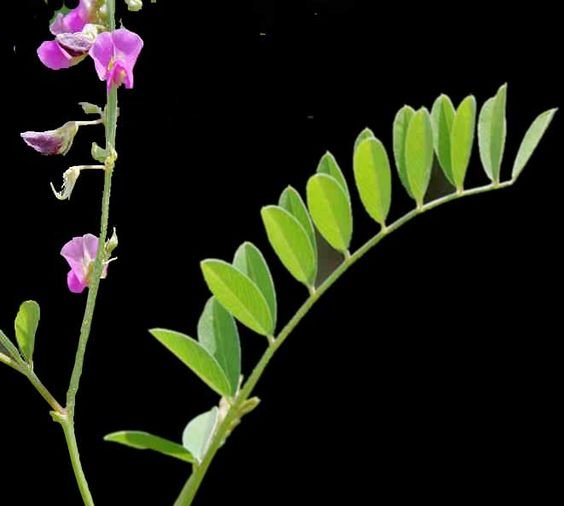
Source: Pinterest
Tephrosia Purpurea: Toxicity
The Tephrosia Purpurea is not toxic. In fact, it has been used as a herbal remedy to treat various health conditions. However, it is important to note that the leaves and flowers of the Tephrosia Purpurea are poisonous when they are unripe. So, when harvesting the leaves and flowers of the Tephrosia Purpurea, be sure to pick them after they ripen.
Tephrosia Purpurea: Where to get the saplings?
Tephrosia Purpurea can be easily propagated by planting its seeds. If you are looking to get already-grown saplings, you can buy it at the nearby nursery. For increased convenience, just browse the many online nurseries available on the internet and order one that meets your needs.
FAQs
How do you control Tephrosia Purpurea?
Pruning, as well as removal with a tine cultivator, hand digging, and cover crops, are good methods to control the plant.
What is the type of inflorescence in Tephrosia Purpurea?
The inflorescence is a terminal or axillary raceme.
What does Tephrosia Purpurea seed extract do?
Tephrosia Purpurea extract prevents heart complications brought on by diabetes by lowering fibrosis and hypertrophy.
Housing News Desk is the news desk of leading online real estate portal, Housing.com. Housing News Desk focuses on a variety of topics such as real estate laws, taxes, current news, property trends, home loans, rentals, décor, green homes, home improvement, etc. The main objective of the news desk, is to cover the real estate sector from the perspective of providing information that is useful to the end-user.
Facebook: https://www.facebook.com/housing.com/
Twitter: https://twitter.com/Housing
Email: [email protected]
